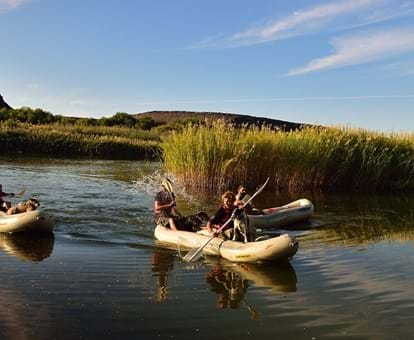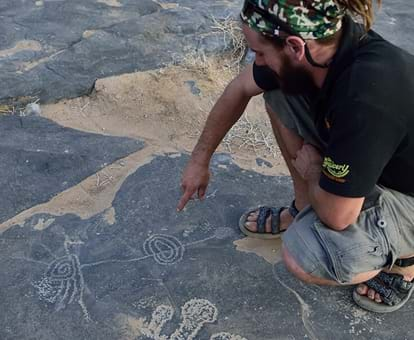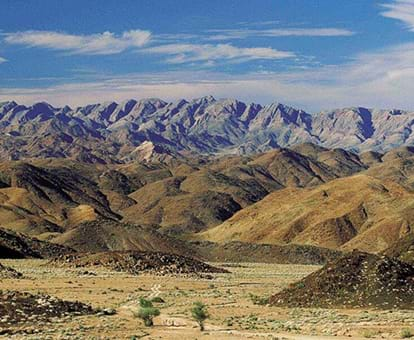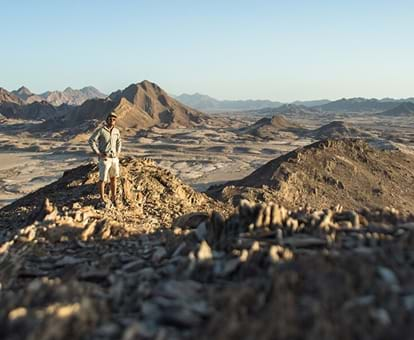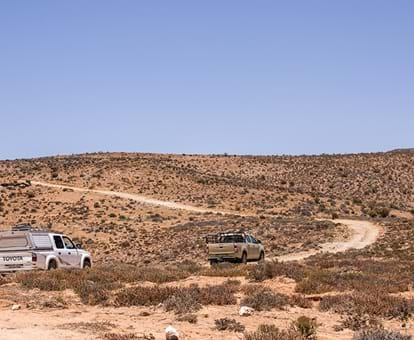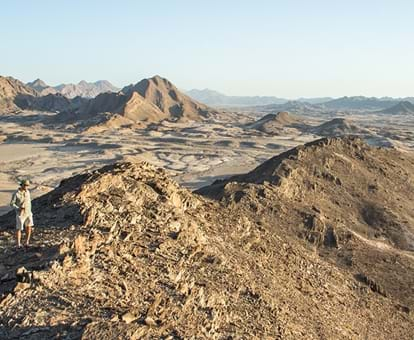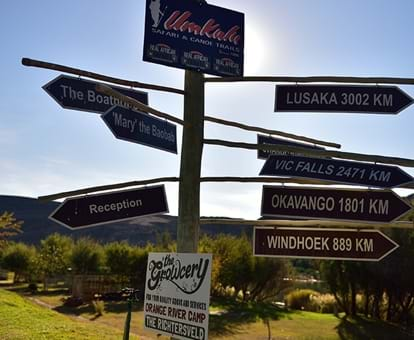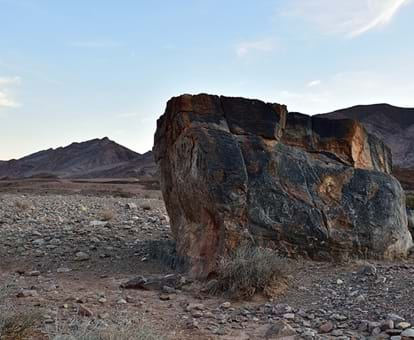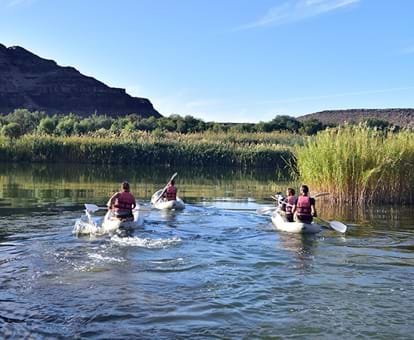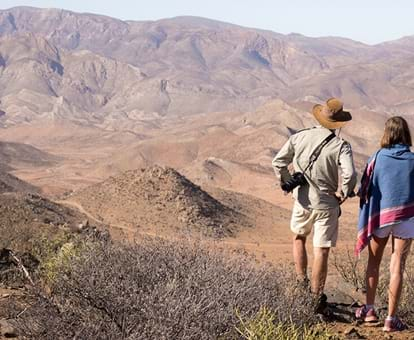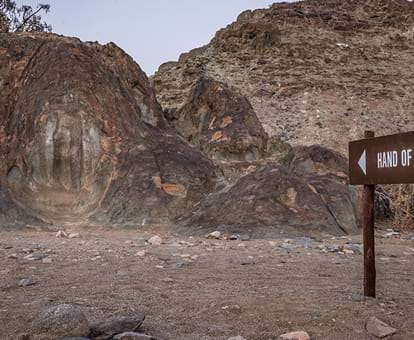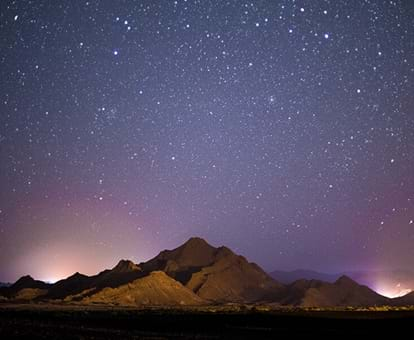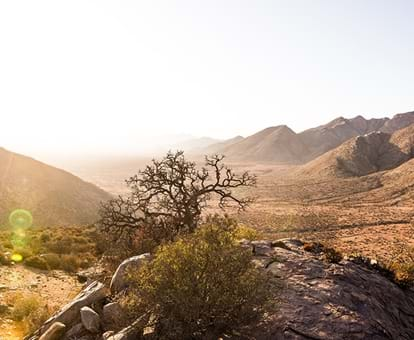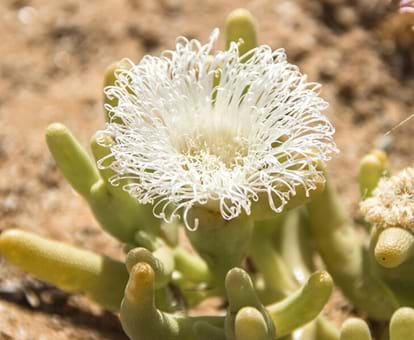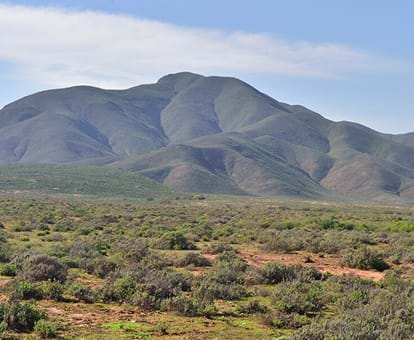By creating an account, I agree to the
Terms of service and Privacy policy
Choose your country and language:
Africa
Americas
Asia Pacific
Europe
IIf you appreciate the soulful desolation of the desert then look no further than The Richtersveld Cultural and Botanical Landscape, an area that encompasses the /Ai /Ais-Richtersveld Transfrontier Park.
This wonderful world of its own is brimming with extraordinary biodiversity ranging from small succulents to giant aloes, from African wild cats to antelope and many rare bird species that call this region home. If that wasn’t enough, it’s also one of the few areas in southern Africa where nomadic herders known as the Nama stake their claim.
The /Ai /Ais-Richtersveld Transfrontier Park is a cross-border conservation initiative between South Africa and Namibia. It brings together the Richtersveld National Park, managed jointly by the local Nama people and the South African National Parks Board, with the Ai-Ais Hot Springs Game Park on the Namibian front.
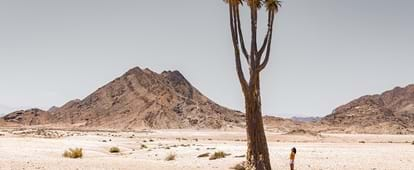
RRecognised by UNESCO, the Richtersveld Cultural and Botanical Landscape is an official World Heritage Site with its incredible biodiversity that boasts some of the richest succulent flora in the world.
That’s right! Succulent flora is the name of the game. The best-known endemic plants are the stem succulents, known as the halfmens, and the giant tree aloes. These, and thousands of other species, live off the early morning fog that the locals have dubbed “Malmokkies”, which rolls in off the waters of the Atlantic Ocean.
TThe flora isn’t the only drawcard. The wildlife is also incredibly interesting, somehow finding a way to adapt and withstand the hot, dry climate. Many species are concentrated in the denser vegetation around the Orange River, including over 50 species of mammals and almost 200 bird species. Nature truly is a marvel.
BBones uncovered at Kokerboomkloof reveal that some of the animal species currently present in the region, such as springbok, zebra and klipspringer, were also present over 4000 years ago. Apart from this, the area also boasts a large variety of lizards and snakes that also thrive in these seemingly uninhabitable conditions.
Onto the landscape itself, since it’s featured in the name, it really deserves a mention. The /Ai /Ais-Richtersveld Transfrontier Park boasts the world's second largest canyon, the Fish River Canyon. This magnificent natural tapestry meanders its way between spectacular cliffs of the desert landscape along the beautiful Fish River.
IIf you want to talk history, the park’s geography is an incredible demonstration of the earth’s ancient formation with many distinct periods of geological history dating back 2000-million years. The Orange River mouth is also known as a RAMSAR site, which means that it is a wetland of international importance.
There is so much to love about this heartland of South Africa, what with its uniquely adapted life, making it the world’s only arid area biodiversity hotspot.
Related articles

